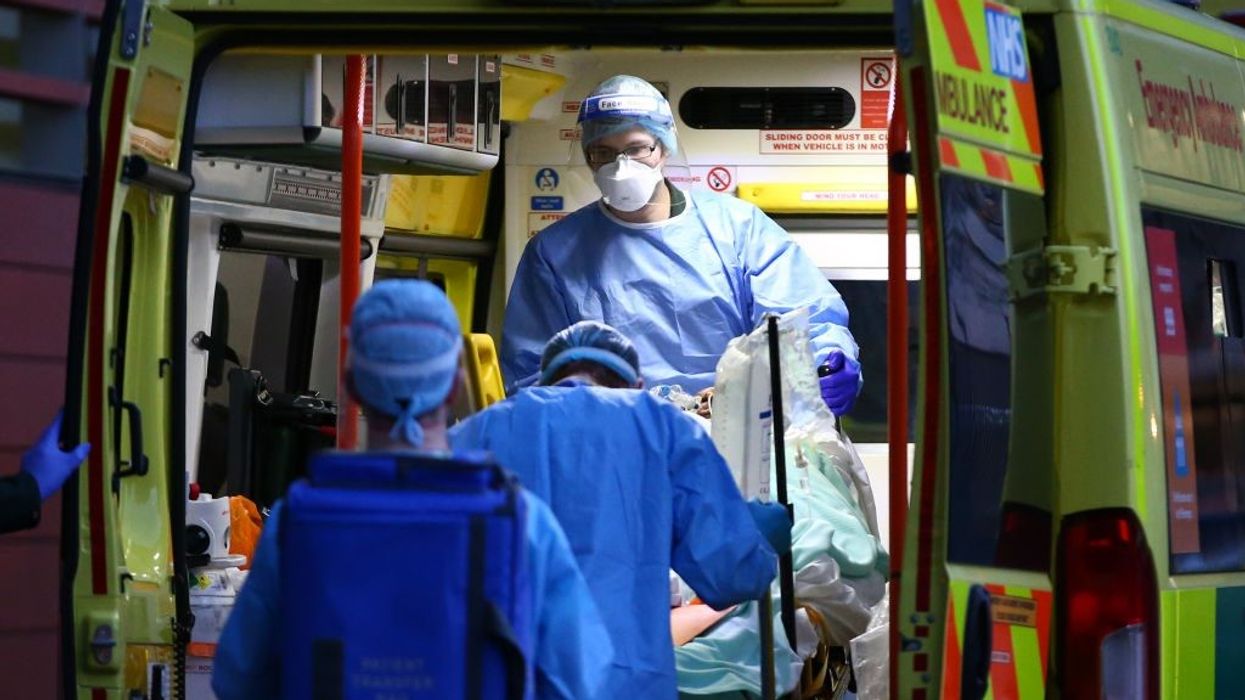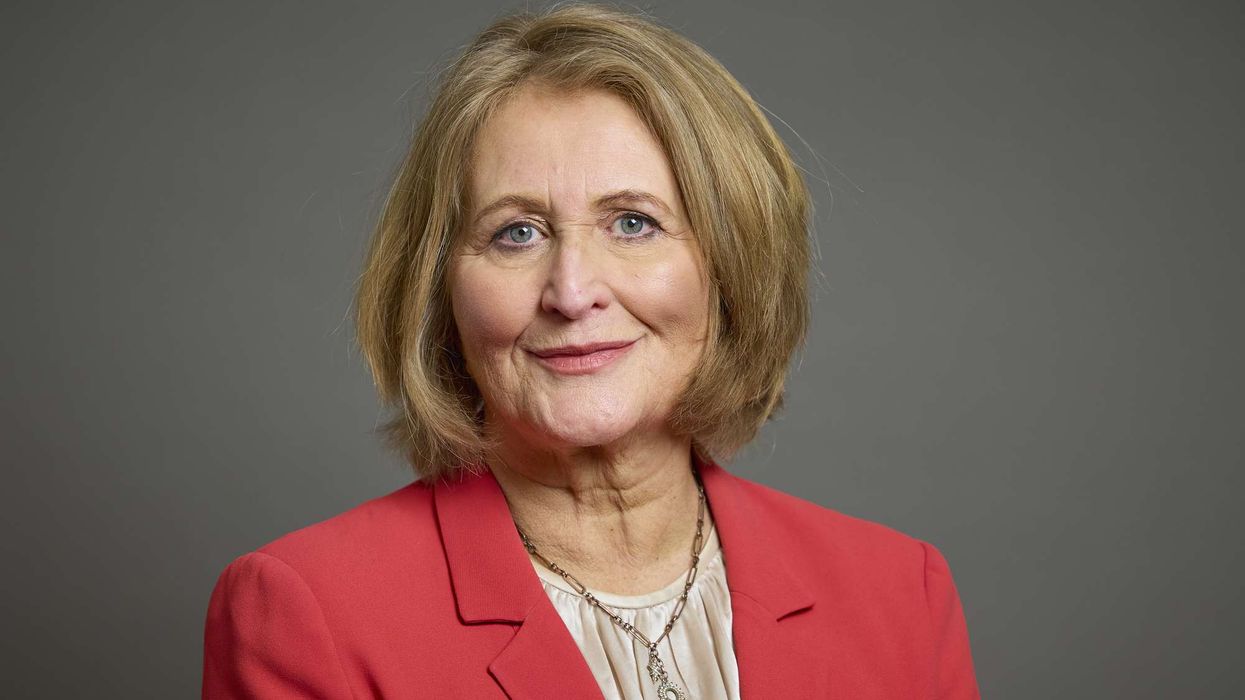BRITISH Parliamentarians are unhappy over the plan to burn personal protective equipment (PPE) such as masks and gowns worth £4 billion, according to a report.
These were bought during the pandemic and will not be used by the NHS.
Now, MPs are demanding answers over the financial and environmental cost of plans to burn PPE, reported the Sky News.
According to the report, figures showed that nearly £9bn of the government's spending on PPE was written off, including products costing £4bn that did not meet health service standards.
An inquiry by the Commons public accounts committee heard that the department for health and social care (DHSC) plans to burn "significant volumes" of it to generate power.
In a report, MPs asked for the department to provide further details of the volumes of PPE being disposed of and the costs involved in storing and getting rid of it, as well as environmental impacts.
The MPs found that the government had approached 75 countries to try to offload the unusable equipment, with discussions ongoing with 11 of them. There are also plans to turn face visors into food trays and aprons into bin bags.
Two waste companies are to be appointed to dispose of 15,000 pallets a month of the kit via a combination of recycling and burning, the committee was told.
In the meantime the government is still spending £3.5m a week storing PPE, the MPs said.
The report took aim at the DHSC's "haphazard purchasing strategy", noting that 24 per cent of PPE contracts that were awarded were now in dispute.
Those included deals for products that were not fit for purpose and one arrangement to buy 3.5 billion gloves produced by a manufacturer facing modern slavery allegations.
Earlier this year, it emerged that police had raided homes and offices in London and the Isle of Man as part of a National Crime Agency investigation into the supply of PPE at the start of the pandemic.
Dame Meg Hillier, the Labour MP who chairs the public accounts committee, said that the story of PPE purchasing is perhaps the most shameful episode in the UK government response to the pandemic.
"At the start of the pandemic health service and social care staff were left to risk their own and their families' lives due to the lack of basic PPE. In a desperate bid to catch up, the government splurged huge amounts of money, paying obscenely inflated prices and payments to middlemen in a chaotic rush, during which they chucked out even the most cursory due diligence," she was quoted as saying by the Sky News.
Labour's deputy leader Angela Rayner has alleged that ministers have been carelessly burning taxpayers' money by the billion as unusable gowns, goggles, and gloves literally go up in flames.
According to Pat Cullen, chief executive of the Royal College of Nursing, large number of inadequate or wasteful PPE is a painful reminder of the worst of the pandemic.
"If this money had been used more wisely and decent quality PPE bought in the first place, then nurses' lives might have been saved," Cullen said.
In response to the select committee report, a DHSC spokesperson said that a number of claims in the report are misleading.
"In the face of an unpredictable and dangerous virus, we make no apology for procuring too much PPE rather than too little, and only 3 per cent of the PPE we procured was unusable in any context," the spokesperson added.













